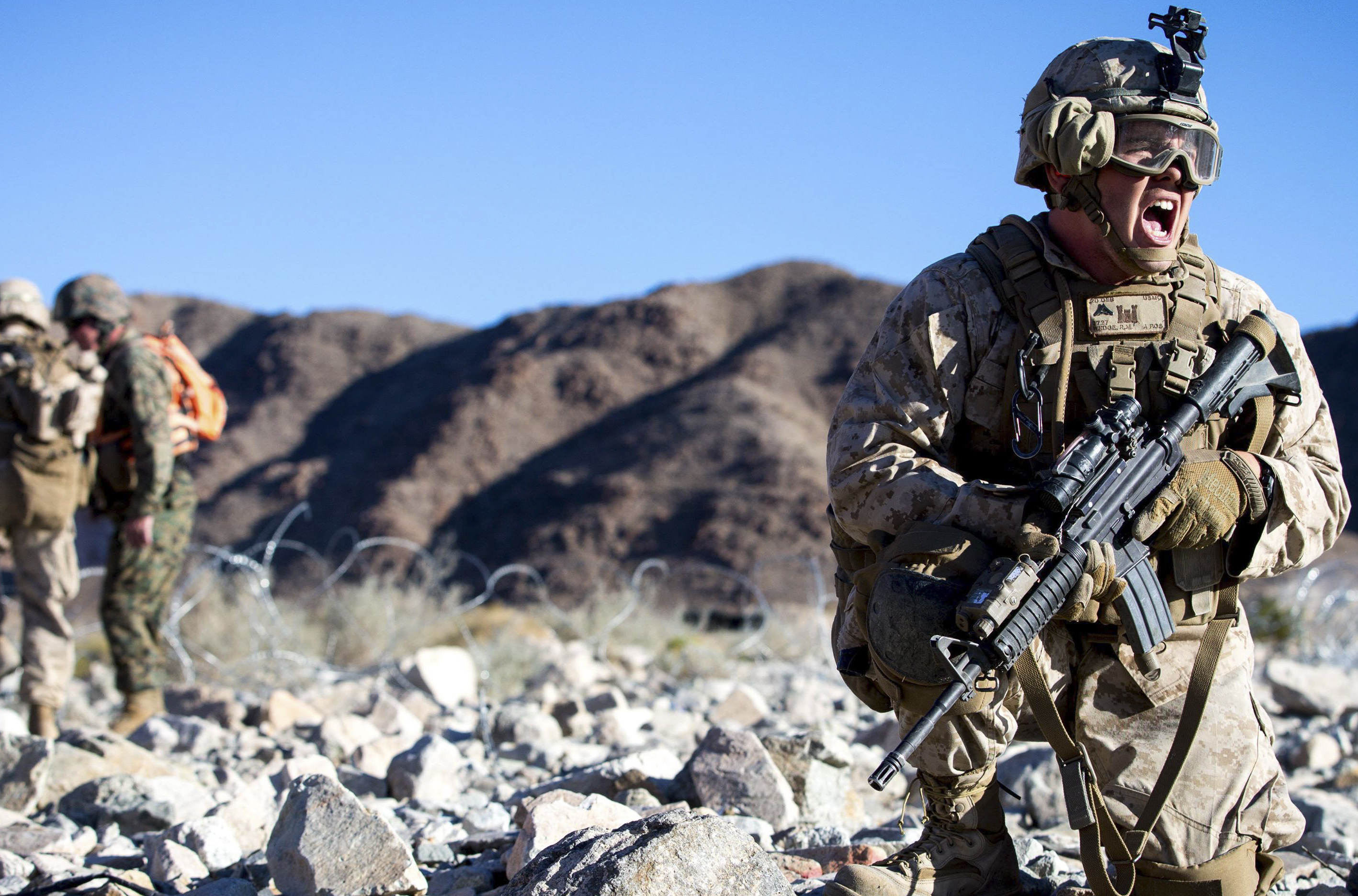The 2018 National Defense Strategy released this past month acknowledges “an increasingly complex and global security environment characterized by overt challenges to the free and open international order and the re-emergence of long-term, strategic competition between nations.”
One of the areas of focus outlined in the new strategy to achieve success is building a more lethal force. The strategy states that being prepared to win war “requires a competitive approach to force development and a consistent, multiyear investment to restore warfighting readiness and field a lethal force.” The strategy goes on to emphasize “recruiting, developing, and retaining a high-quality military and civilian workforce is essential for warfighting success.”
At a recent hearing before the Senate Armed Services Committee Subcommittee on Personnel, senior personnel leadership of DoD put forward to Congress some of the key challenges DoD faces as it moves toward building a more lethal force.
The new undersecretary of defense for personnel and readiness, Robert Wilkie, who was joined in testimony by service personnel chiefs, outlined to members of the Senate panel a number of areas DoD will be addressing in the future to achieve success in this critical component of the 2018National Defense Strategy.
The goal of retaining and recruiting a high-quality force will require both short-term and long-term changes and challenges to the way DoD conducts business. These areas include competitively recruiting the best talent; providing more potential career flexibility options; better support and concern for military family readiness, including spouse employment; child care; and military children's education issues. It also means better addressing harassment, sexual assault, and child and spouse abuse issues in the force.
One change recently announced and reinforced at the hearing is DoD's new non-deployable discharge policy. “On any given day, about 13 to 14 percent of the force is medically unable to deploy,” Wilkie said in response to questioning from the committee. “That comes out to be around 286,000 soldiers, sailors, airmen, and Marines.”
The new Pentagon policy supports Defense Secretary Jim Mattis' requirement to ensure everyone who comes into the service and everyone who stays in the service is worldwide deployable. The policy requires the services to begin administrative separation of non-deployable servicemembers who are not deployable for either 12 consecutive months or 12 months during an 18-month period. Each case will be handled individually, but implementation of this policy is an important component of the strategy's focus on building a more lethal force. Stay tuned to MOAA for further updates.
